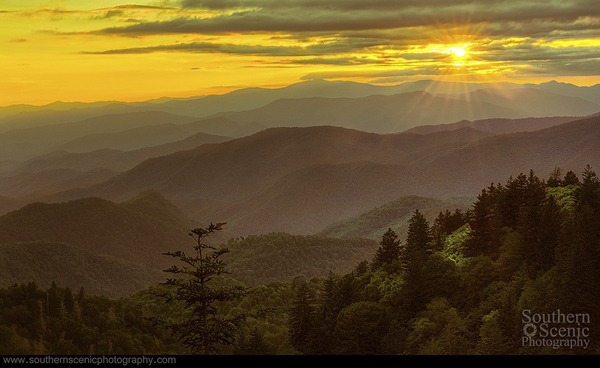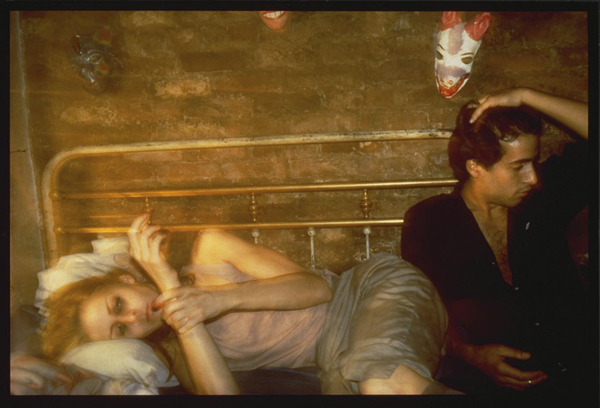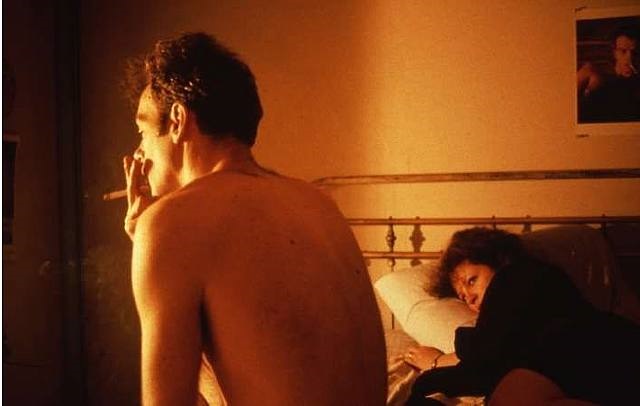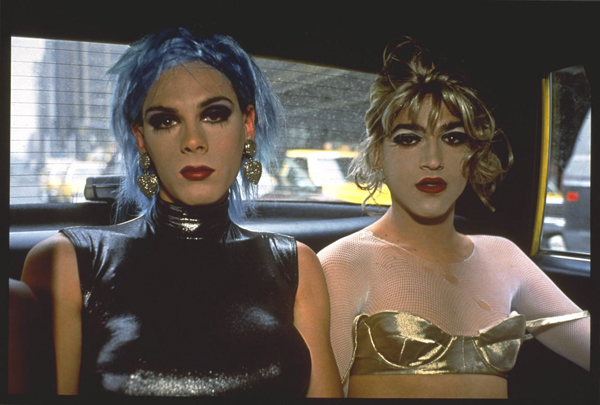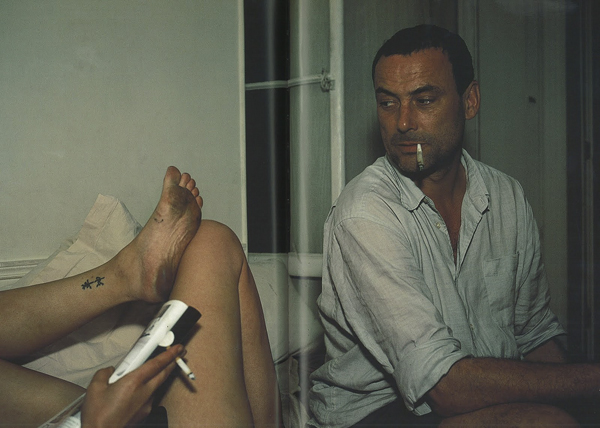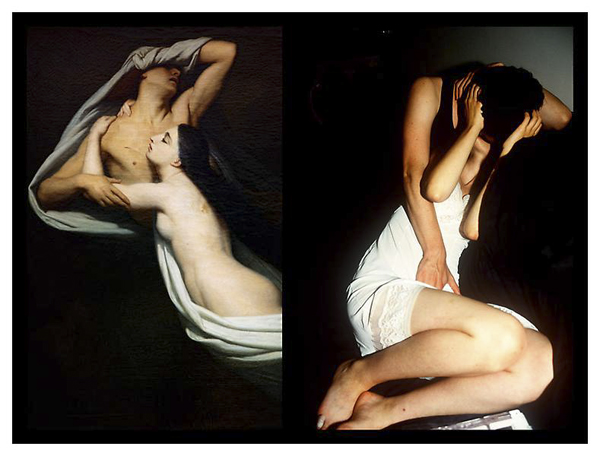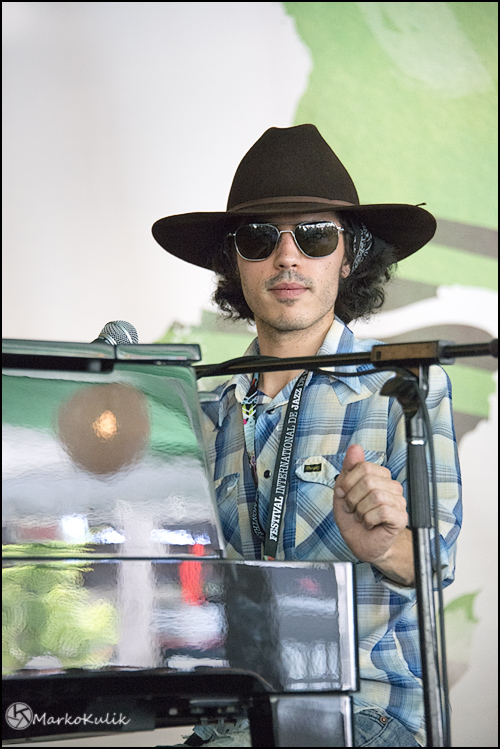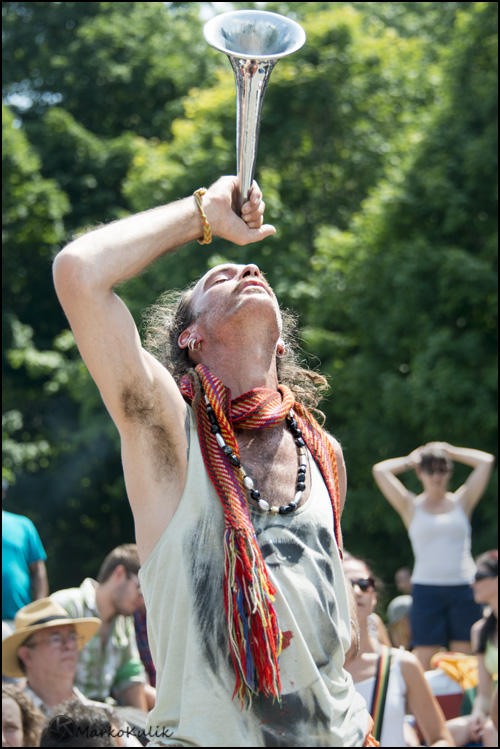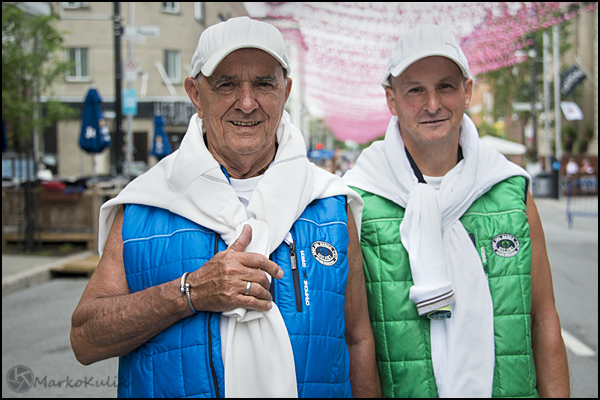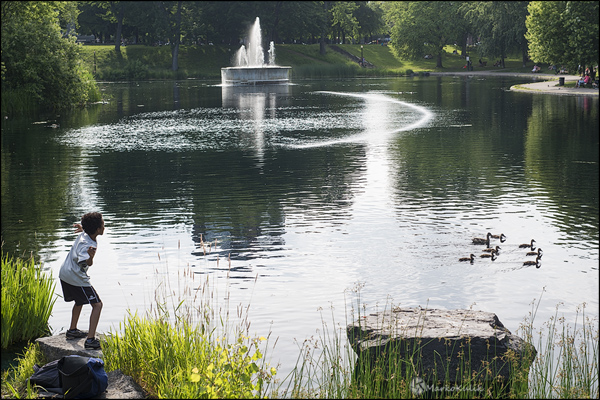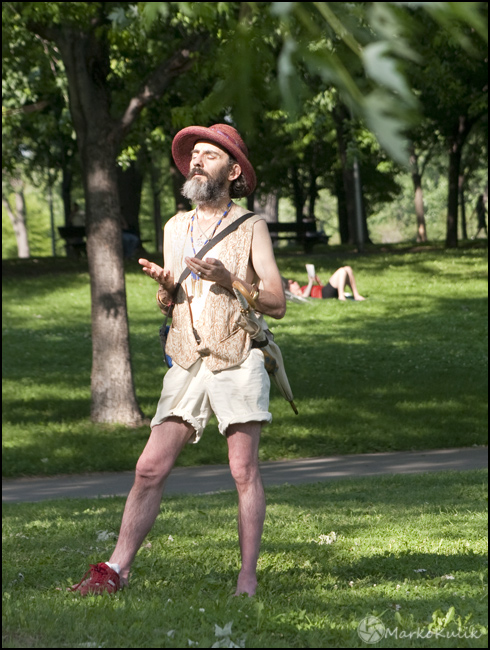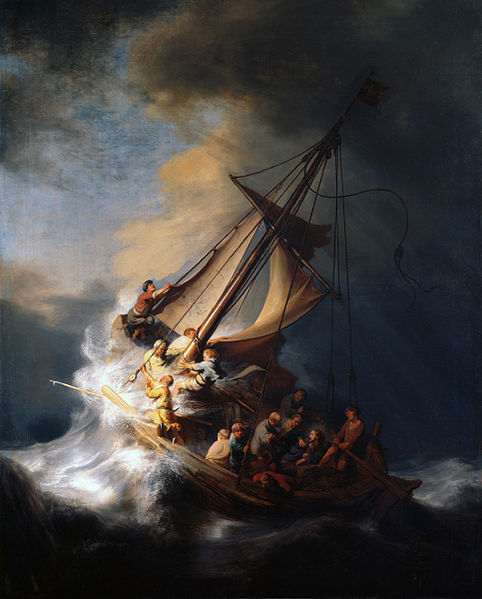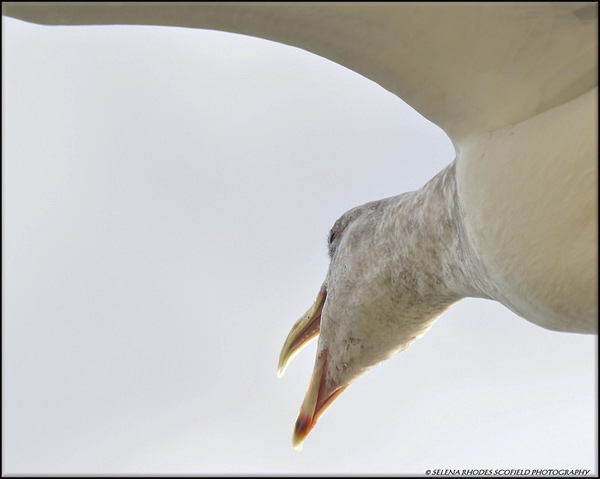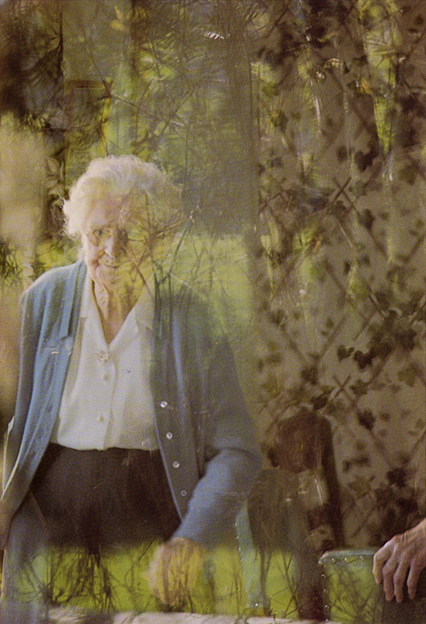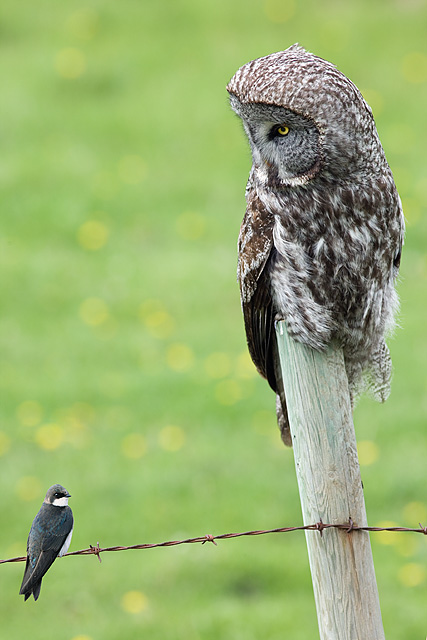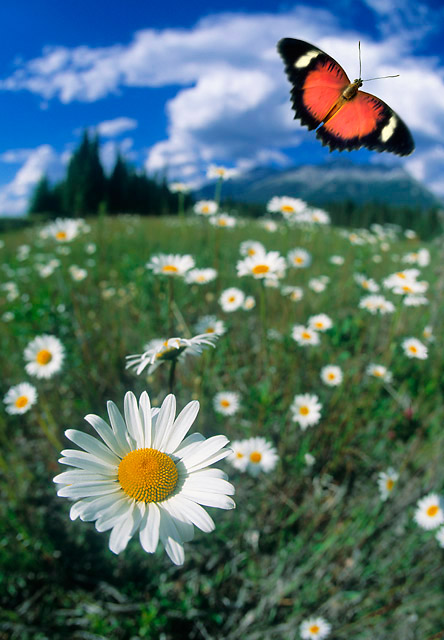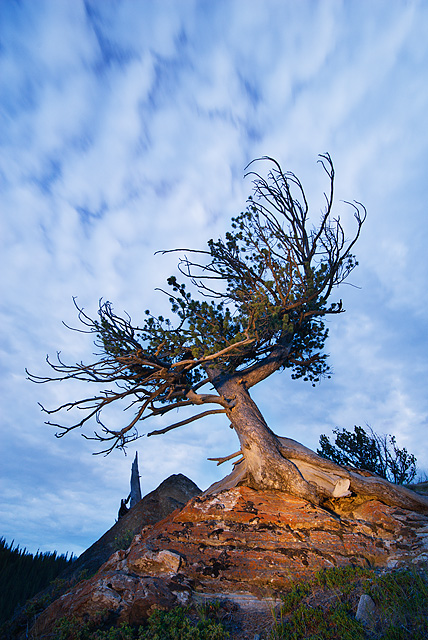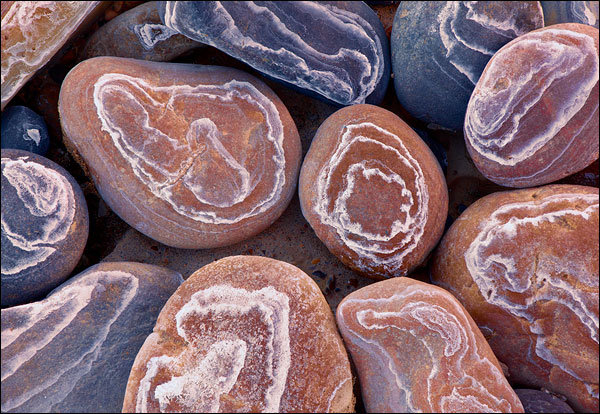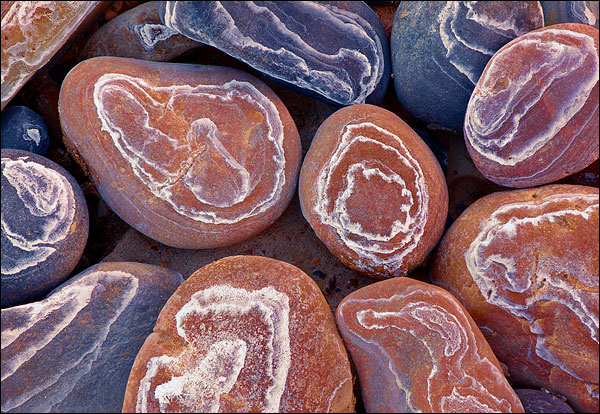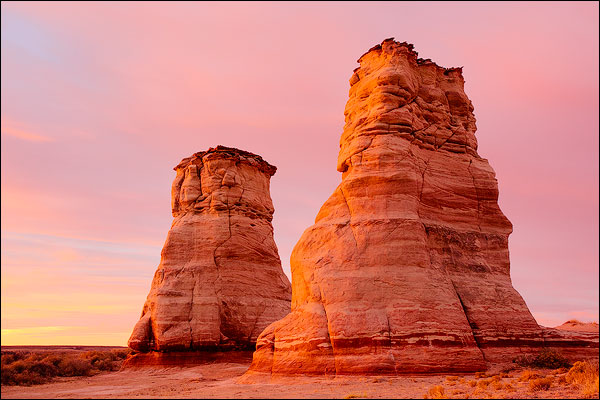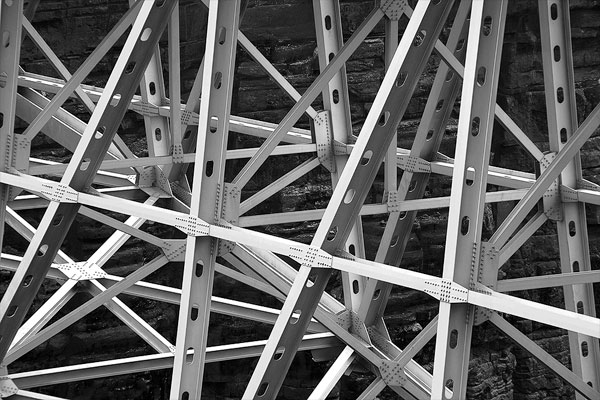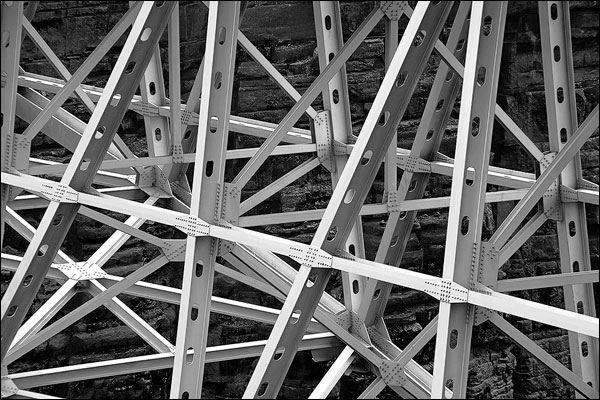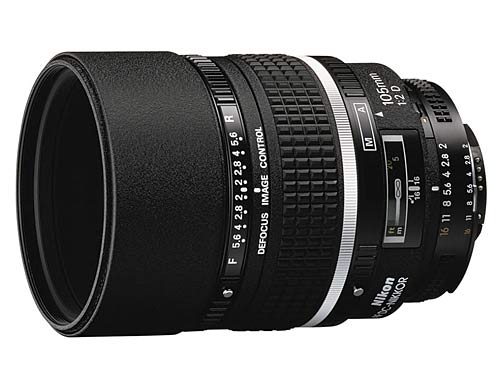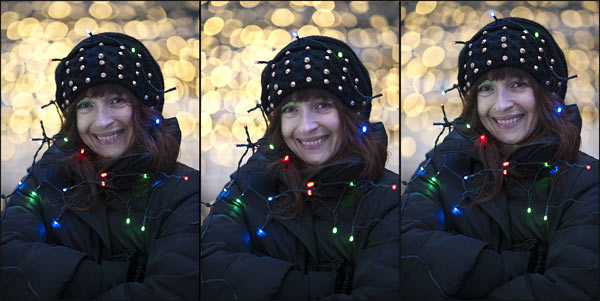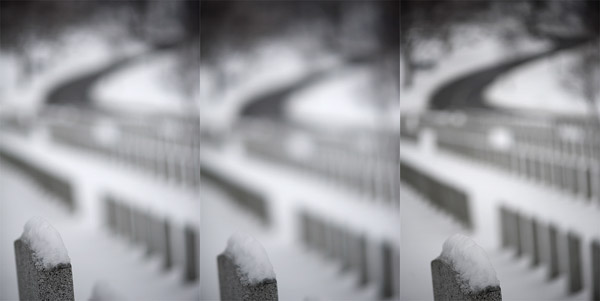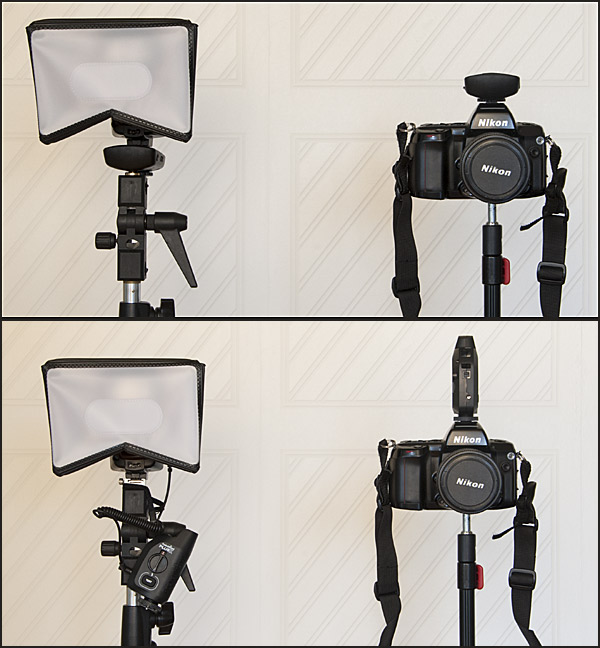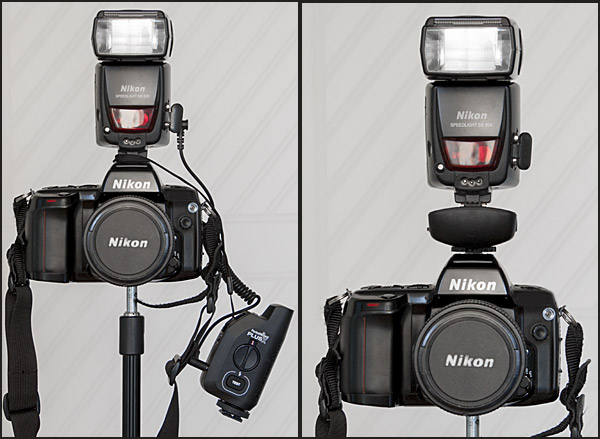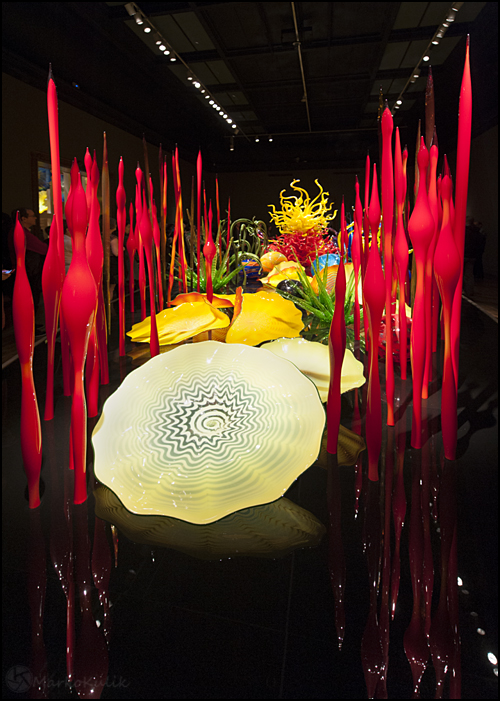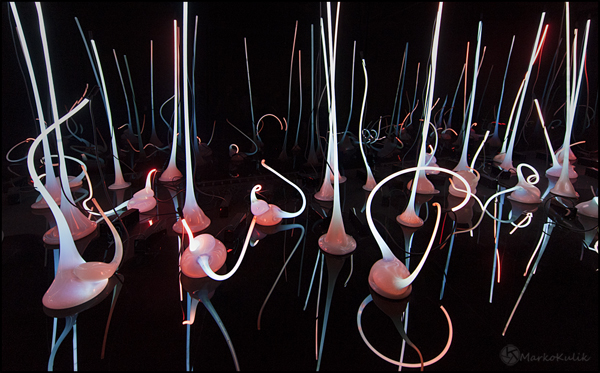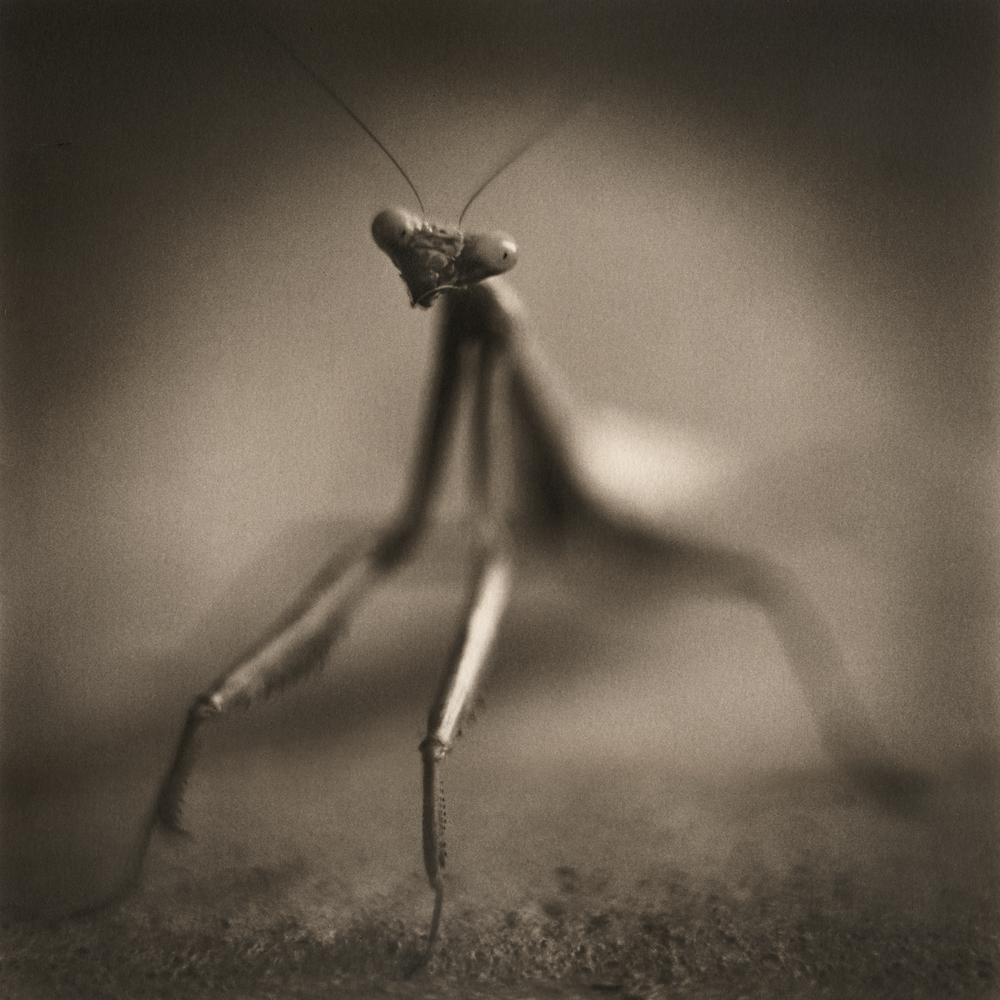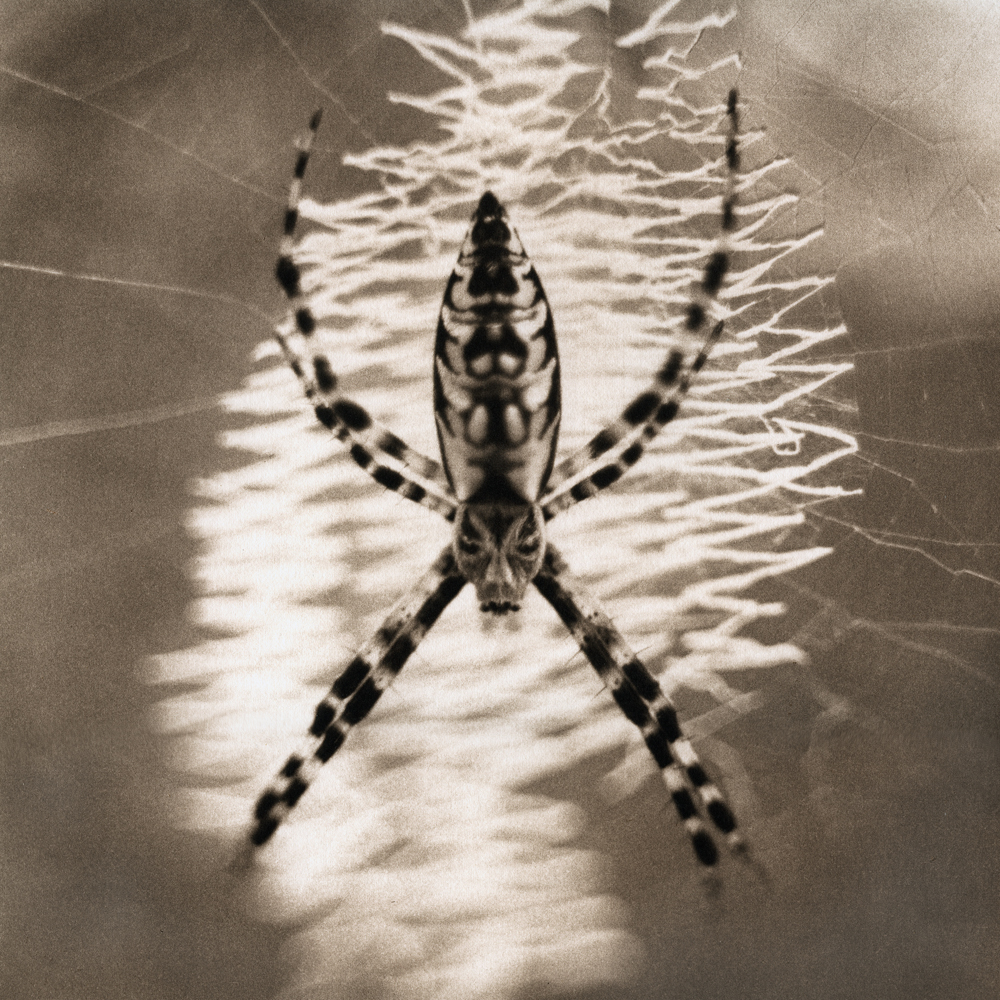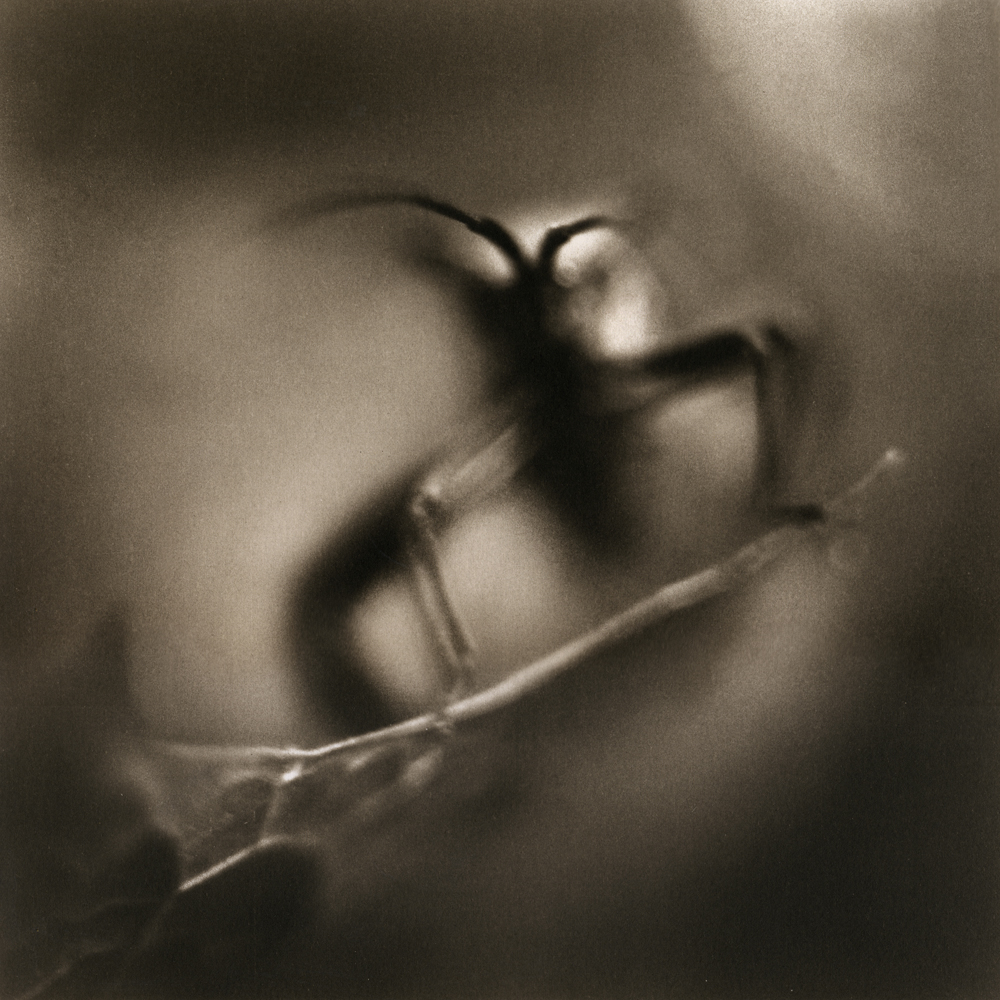Hi Photo lovers!
Every month on our photography forum members nominate images that they like. Then at the end of the month I choose an excellent image and talk about why it rocks. The photo I choose is not necessarily the best one of the month. I’ve come to realize it’s not really logical to pit images from totally different genres against each other. That’s why there are categories in photo contests. I just choose a photo that has extremely strong elements that we can learn from.
This month’s choice goes to Lizardqing for capturing Sunset on the Blue Ridge Parkway
I chose this image for several reasons:
1. Composition/Framing — This sunset image has many strong compositional elements going for it. The laying of the foreground trees, midground hills and background clouds/sky and sun works really well for me. My eye really enjoys the lines and curves in the mountains and hills. There are also no major distractions on the edges in this scene for me. My eye goes straight to the sun, then straight below it to the midground sun patch, and then it explores the rest of the photograph with delight.
2 . Exposure/lighting — The light is just plain lovely here due to the partial cloud cover. That said, shooting into the sun is often challenging and often yields underexposure. Correcting it often leaves lots of shadow noise but this image looks clean and the tones in the foreground and midground have lovely shadow detail.
3. Colour and post processing — The colours are warm and bright in the sky but not too overdone. Sharpness works well for me and looks very natural.
For all these reasons, this is my choice for image of the month. Since we all have opinions, some members may disagree with my choice. That’s cool but THIS thread is not the place for debate over my pick, NOR is it the place to further critique the image. The purpose here is to suggest strong elements in the photo that we may learn from.
Congrats again to Lizardqing for capturing this fabulous moment!
